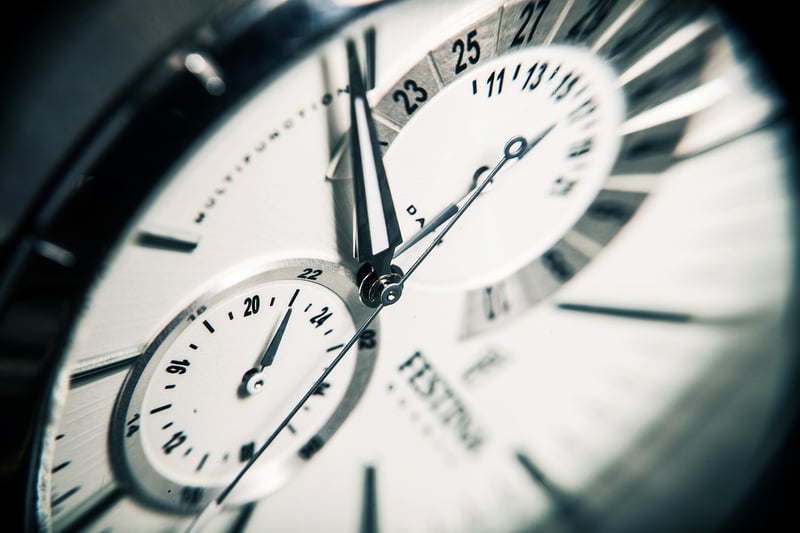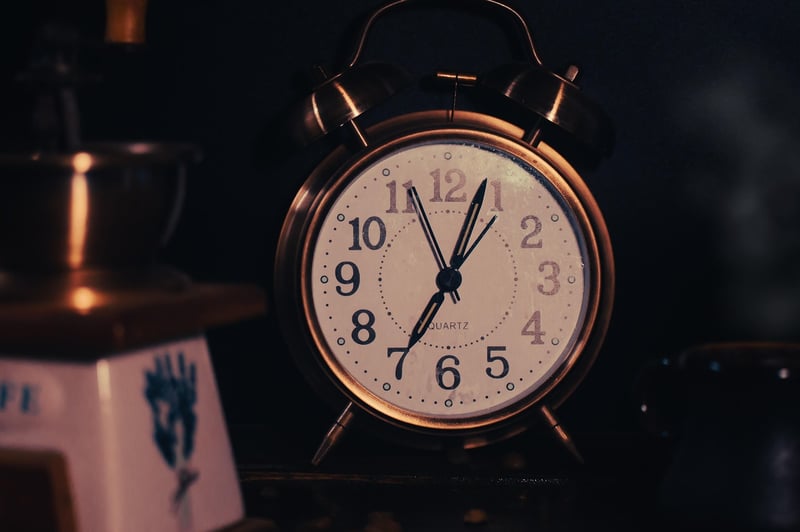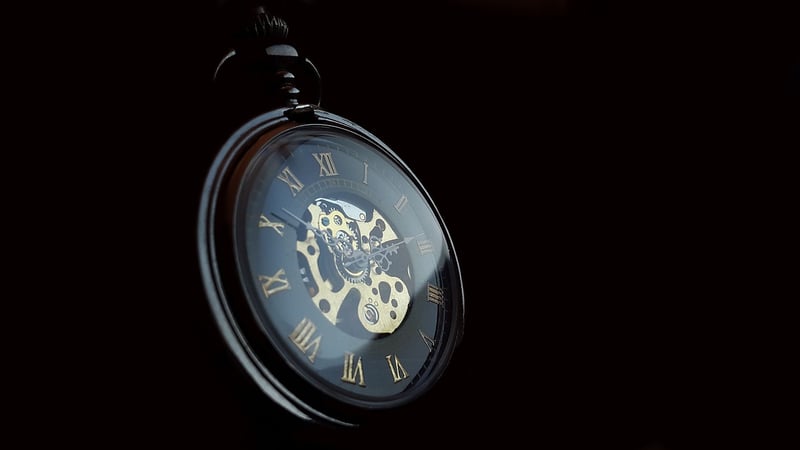Time Loops
Understanding Time Rules and Time Loops
Introduction to Time Rules
Time is a fundamental aspect of our existence, governing the sequence of events and allowing us to measure durations. Understanding time rules helps us navigate through life and make sense of the world around us.
Key Concepts of Time Rules
- Linear Time: Time typically progresses in a linear fashion, moving forward from the past through the present and into the future.
- Time Dilation: According to the theory of relativity, time can be experienced differently depending on the speed of an object or its proximity to a massive body.
- Causality: The concept that events occur in a sequence such that one event causes another, leading to the idea of cause and effect.
- Perception of Time: How individuals perceive and experience the passage of time can vary based on factors like age, emotions, and external stimuli.
Time Loops Explained
Time loops are a fascinating concept often explored in science fiction and theoretical physics. They involve a situation where time repeats itself, creating a loop where events recur in a cycle.
Characteristics of Time Loops
- Repetition: Events within a time loop repeat identically or with slight variations each time the loop cycles.
- Causality Paradoxes: Time loops can lead to paradoxes where the cause of an event is also its effect, creating logical inconsistencies.
- Conscious Awareness: In some depictions of time loops, characters retain memories of previous loops, leading to unique storytelling possibilities.
Popular Examples of Time Loops
Time loops have been featured in various forms of media, including movies, TV shows, and literature. Some well-known examples include:
Conclusion
Understanding time rules and exploring concepts like time loops can challenge our perceptions of reality and spark creative thinking. Whether contemplating the nature of time or enjoying a compelling time loop story, these concepts add depth to our understanding of the universe.


